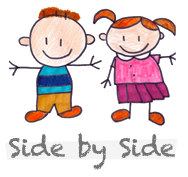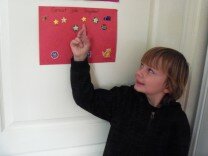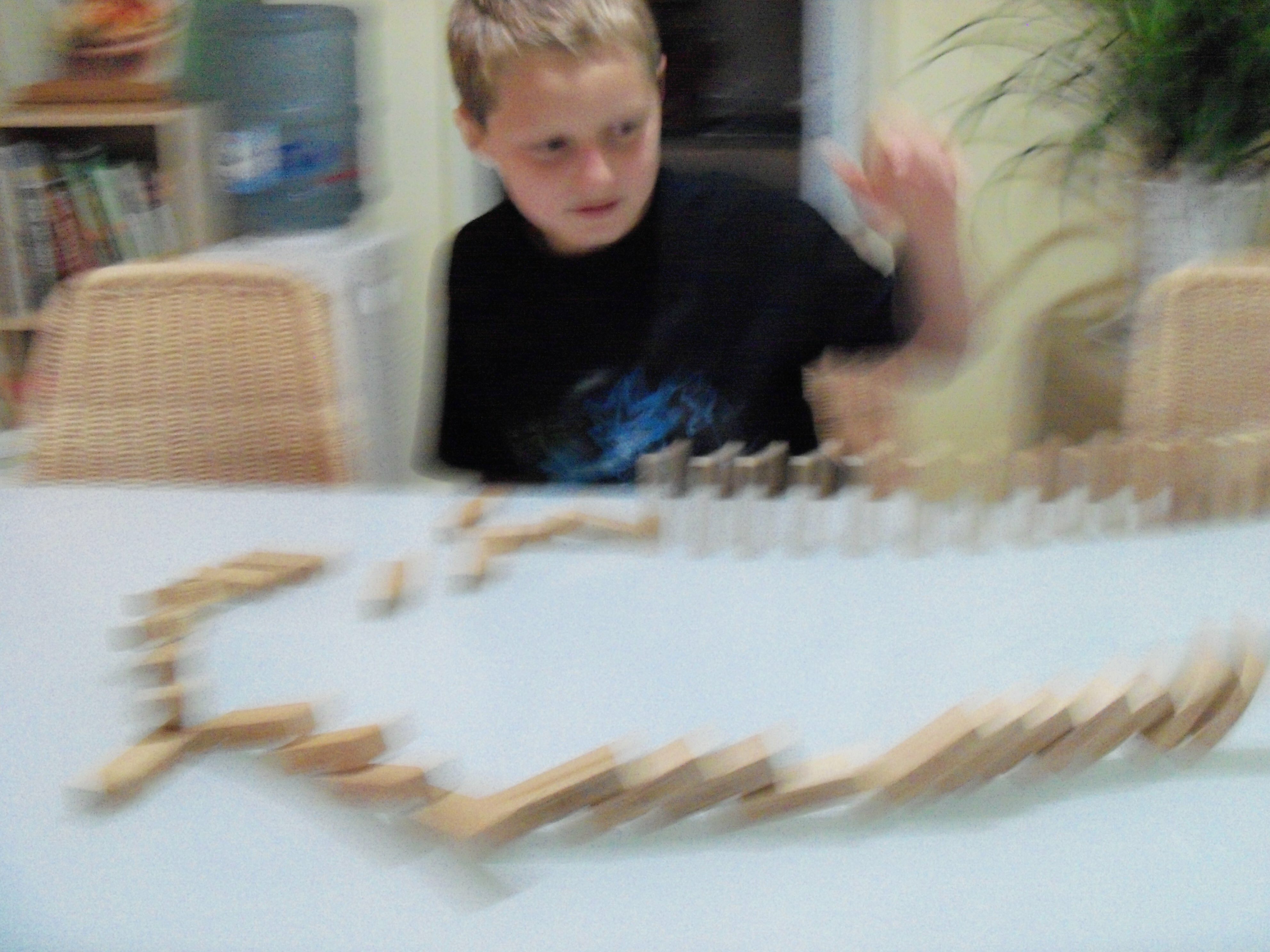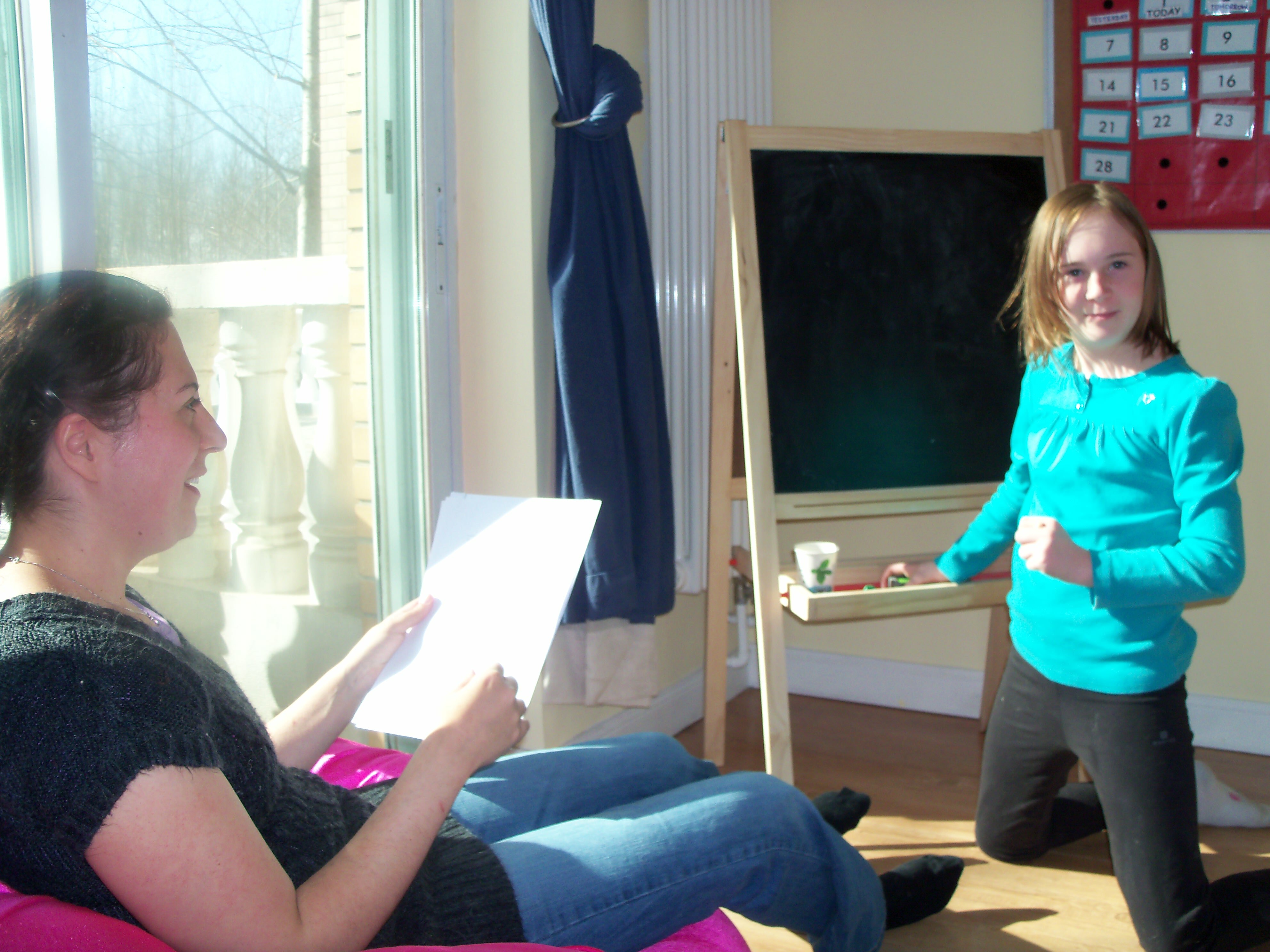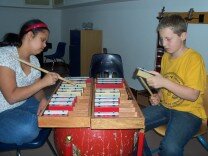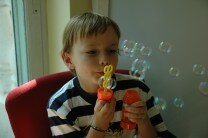Speech and Language Therapy
Speech and language therapy is concerned with the management of disorders of speech black-diamond-australia.com, language, communication and swallowing in children and adults. Speech and language therapy treats problems in the areas of articulation, dysfluency, oral-motor, speech, and voice, and receptive and expressive language disorders. Children enrolled in therapy early in their development (younger than three years) tend to have better outcomes than those who begin therapy later. This does not mean that older kids can’t make progress in therapy; they may progress at a slower rate because they often have learned patterns that need to be changed.
Side by Side’s speech and language therapist, Karen, is a native Cantonese speaker who is fluent in Mandarin and English. She is able to work with the following issues:
Children from two to twelve years old with
- specific difficulties in producing sounds
- oral motor speech disorder
- mild, moderate or severe learning difficulties
- physical disabilities
- global developmental delay
- specific language impairment
- specific difficulties in producing sounds
- hearing impairment
- cleft lip and palate
- apraxia of speech (difficulty in initiating and sequencing speech production)
- autism
- social interaction difficulties
- Down Syndrome
- selective mutism
- fluency disorders, including problems such as stuttering
- resonance or voice disorders, including problems with the pitch, volume, or quality of the voice that distract listeners from what’s being said.
- receptive language disorders (difficulties understanding or processing language)
- expressive language disorders (difficulty putting words together, limited vocabulary, or inability to use language in a socially appropriate way)
Our speech and language therapist will work with a child one-to-one or in a small group, using a variety of strategies, including:
- Communication and language intervention activities: in these exercises the therapist will interact with a child by playing and talking. The therapist may use pictures, books, objects, games, practical life exercise or ongoing events to stimulate or facilitate language development.
- Articulation therapy: articulation, or sound production, exercises involve having the therapist model correct sounds and syllables for a child, often during play activities. For those in need, the therapist will also use different oral motor games and activities such as using horns, straws to support and muscle coordination for correct sound production. The level of play is age-appropriate and related to the child’s specific needs.
- Oral motor therapy: the therapist will use a variety of oral exercises, including facial massage and various tongue, lip, and jaw exercises, to strengthen oral motor functions. The therapist may also work with different food textures and temperatures to increase a child’s oral awareness.
- Augmentative communication therapy: the therapist can assist children develop augmentative communication strategies such as PECS (picture exchange communication system), Makaton signing and other devices and alternative methods to suit the needs of the child.
- Resonance and voice therapy: the therapist will help clients to develop proper use of voice through a vocal hygiene programme, building optimum pitch of voice or resonance, through singing, palatal exercises visual feedback or hearing monitoring.
-
Therapy for stuttering: the therapist will assist clients by identifying the psychological and language processing issues and build fluency through small steps across different levels of speech, with different communication partners.
Parents and care givers are always welcome to join the sessions. Side by Side also offers a speech and language screening tests, as well as comprehensive assessments. For more information, or to book an appointment, please contact us.
